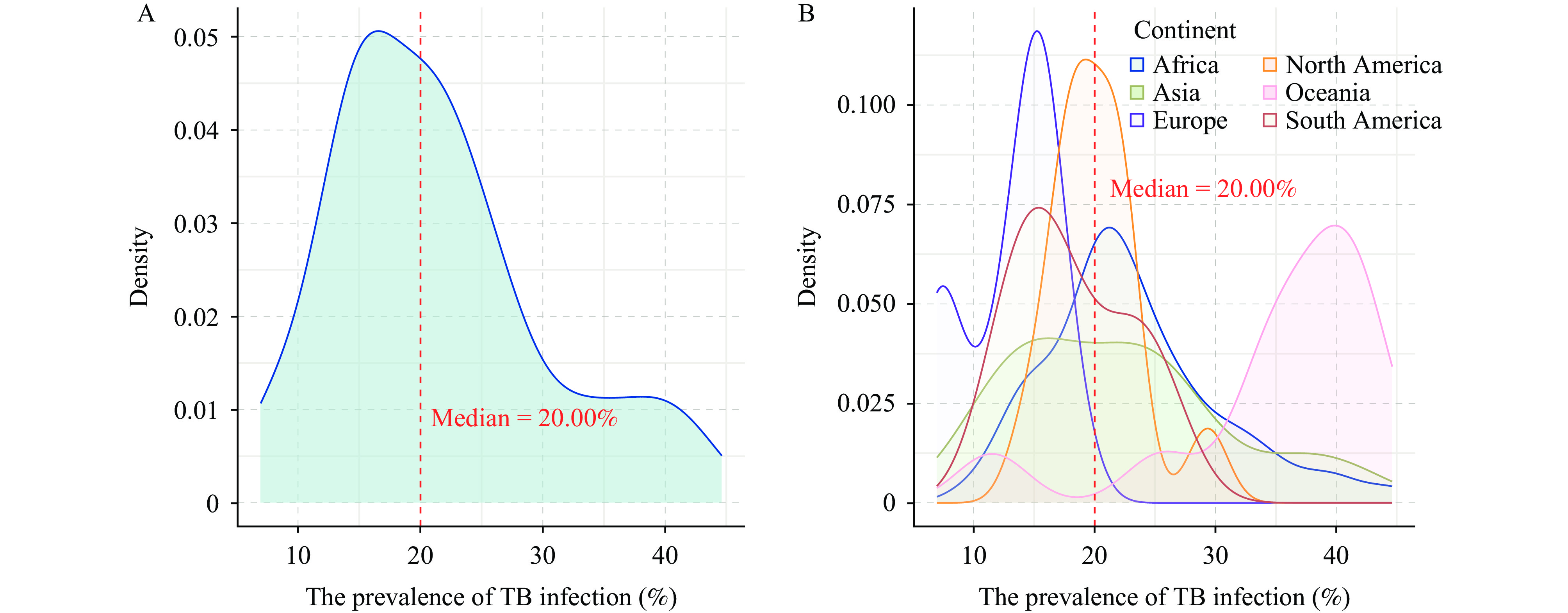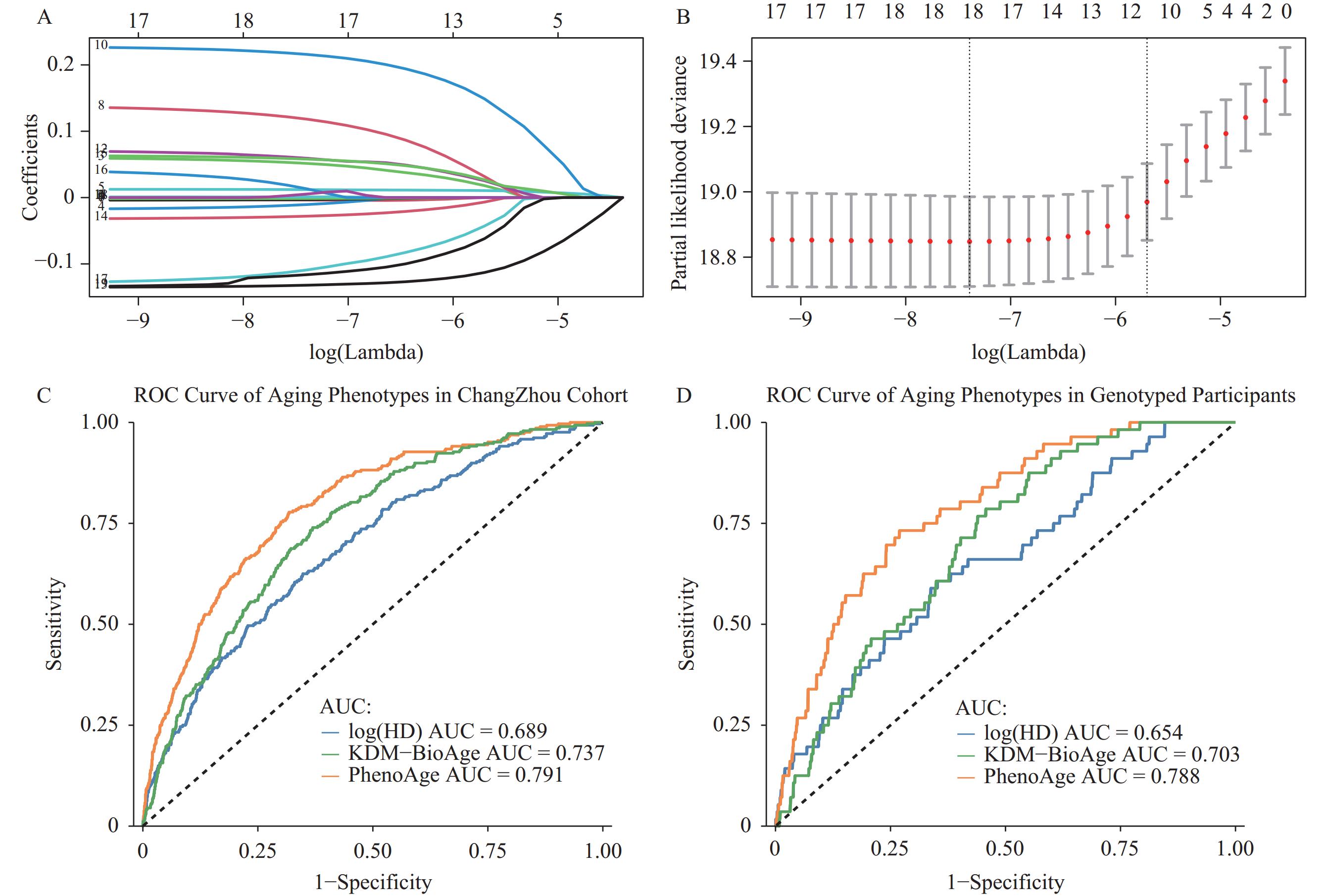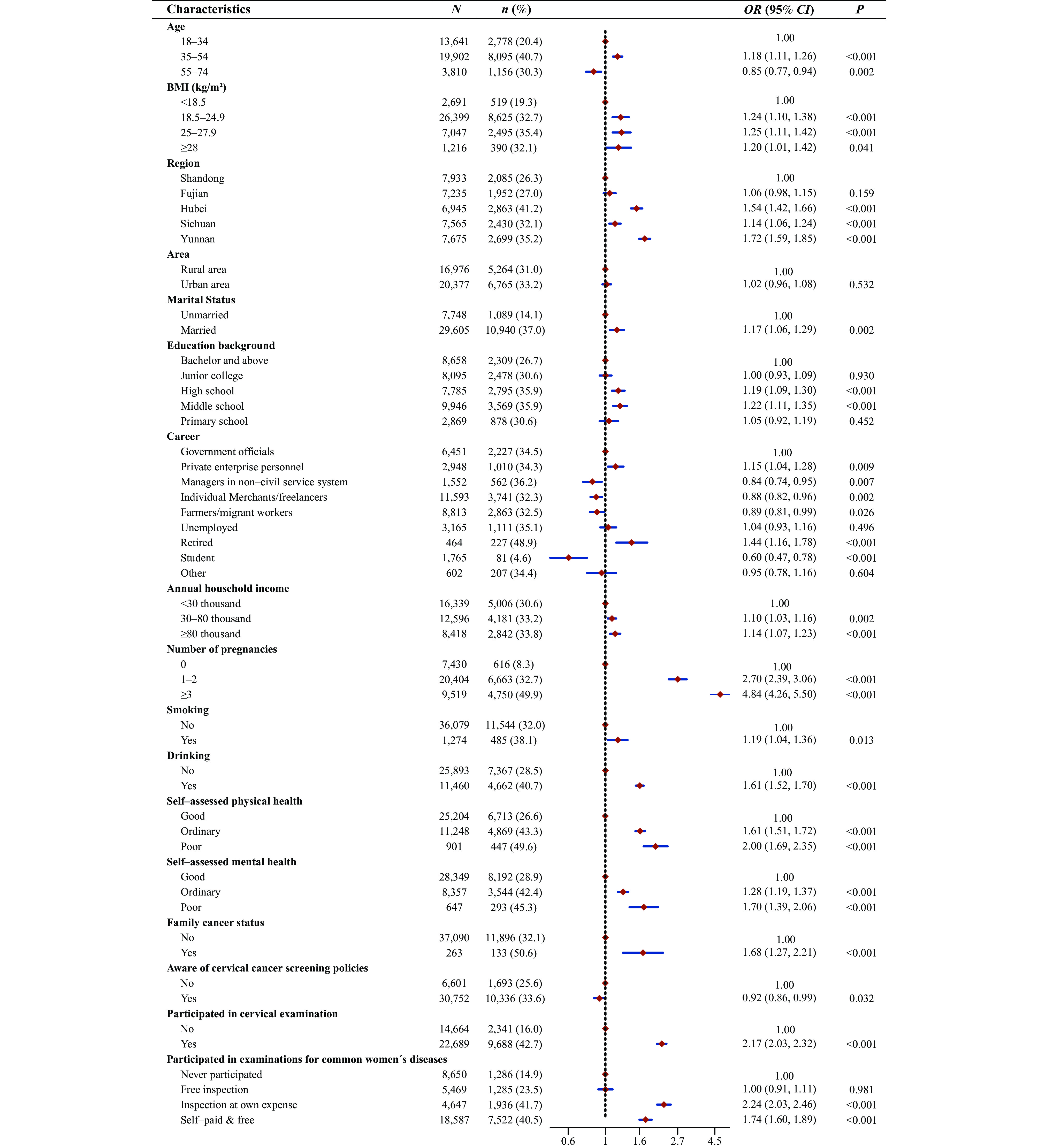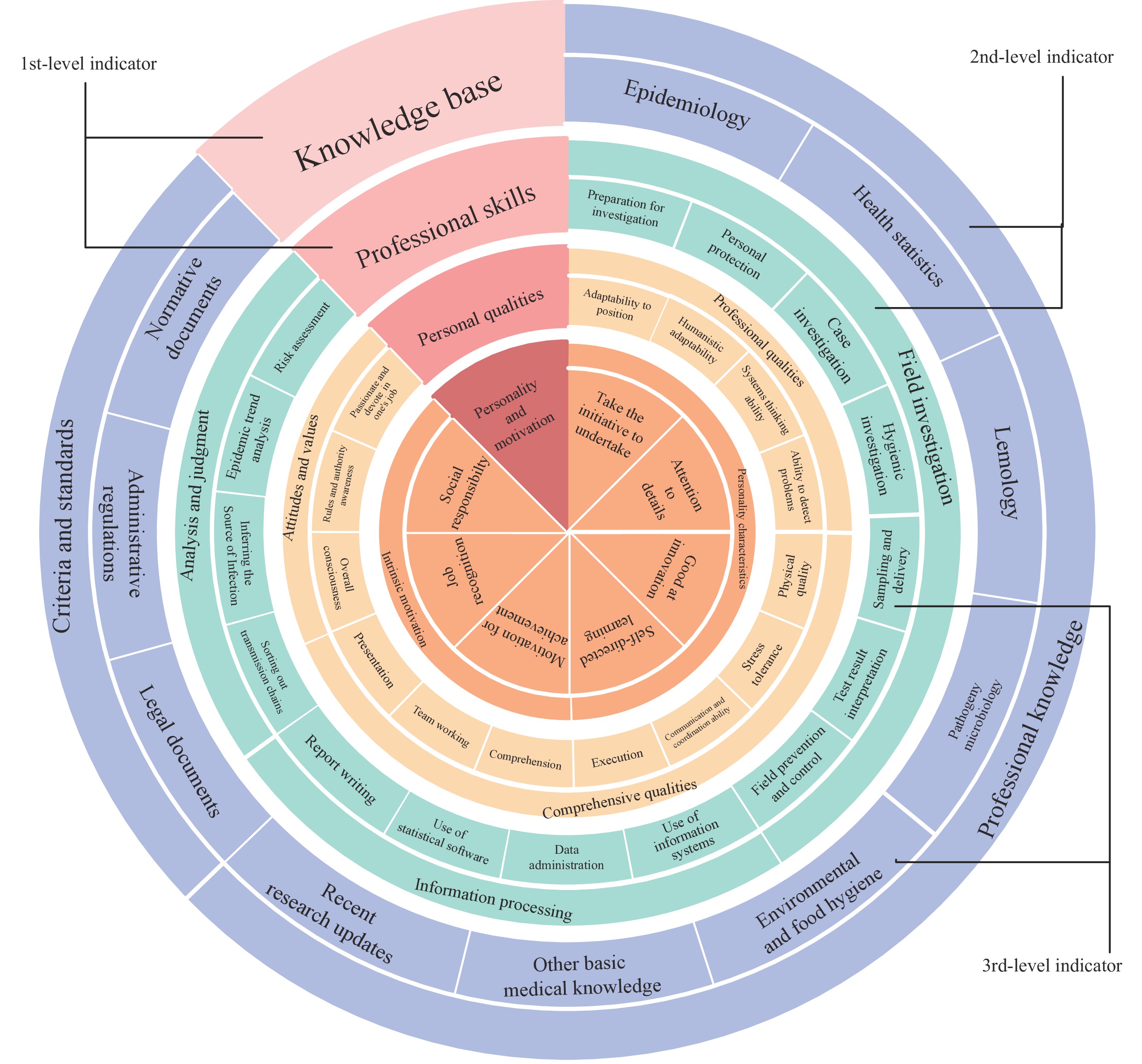2024 Vol. 6, No. 49
This study describes and analyzes the distribution of fall cases documented in the National Injury Surveillance System (NISS) from 2019 to 2022.
Fall data from the NISS (2019–2022) were descriptively analyzed by gender and age.
The NISS in China reported 2,324,577 fall cases from 2019 to 2022. Falls mostly happened at home (39.41%). Leisure activities (39.40%) were the most common cause of falls. Among these cases, 45.22% caused bruises, 31.57% lower limb injuries, while a substantial 73.41% constituted mild injuries. Age-related epidemiological patterns of falls revealed distinct trends. Among 0–9-year-olds, falls predominantly occurred at home (56.71%), with high head injury rates, particularly in infants (72.64%). Adolescents (10–19 years old) were prone to falls in school and school-related areas (37.12%) and during sports activities (27.37%). Elderly individuals (>60 years old) experienced higher fracture rates (36.84%) and an age-dependent increase in head injuries and severe harm.
Falls are the most prevalent injury category, exhibiting distinct characteristics across age groups. To address this, tailored public health strategies and interventions are essential, particularly for children, adolescents, and adults aged 60 years and older. Effective early prevention and intervention methods are paramount for these high-risk fall populations.
The Belt and Road Initiative promotes increased interactions among participating countries, which concurrently elevates the risk of infectious diseases such as tuberculosis (TB). Since TB infection can significantly contribute to the disease burden, it is crucial to delineate the epidemic status and identify the change trends in TB infection among the countries involved in the initiative.
TB infection was prevalent in 152 countries along the Belt and Road initiative. Most of these countries had an infection prevalence between 10% and 30%, among which were 9 countries (5.92%) with a prevalence below 10% and 8 countries (5.26%) with a reported prevalence of 40% and higher. From 2013 to 2021, a notable reduction in TB infection prevalence was observed in 149 countries (98.03%). In contrast, Sri Lanka and the Philippines exhibited an increasing trend, while no significant change was detected in Timor-Leste.
Addressing TB surveillance, prevention, and management, as well as collaboration among these countries, is a proposed key strategy for achieving the global end TB strategy.
China is rapidly encountering population aging, yet studies on aging are limited by the traditional aging measure: chronological age, particularly in the field of genomics. Several promising aging measures have been proposed, but they lack comparative evaluation.
PhenoAge was identified as a measure of aging that demonstrated greater applicability in contemporary populations. Based on this, several novel genetic variants were found to enhance the predictive accuracy of aging.
These findings might provide new insights into aging and facilitate the development of a practical screening program based on PhenoAge, which aims to promote healthy aging in China.
Vaginitis is a prevalent and treatable gynecological condition in women that is associated with adverse reproductive outcomes, human papillomavirus (HPV) infection, and elevated human immunodeficiency virus (HIV) transmission risk.
This study identifies elevated infection risks among women aged 35–54 years, those with three or more pregnancies, and individuals who smoke or consume alcohol, with notably higher prevalence rates in Hubei and Yunnan Provinces. The findings demonstrate that awareness of cervical cancer screening serves as a protective factor, while emphasizing screening’s crucial role in early vaginitis detection.
Public health interventions should prioritize women aged 35–54 years, those with multiple pregnancies, and individuals engaging in high-risk behaviors. Enhancing cervical cancer screening awareness and accessibility is essential for improving early detection and management of vaginal infections, thereby reducing reproductive health disparities.
Currently, there is no established scientific standard to guide disease control and prevention organizations in the selection of emergency response personnel. Given the growing risk of significant infectious disease outbreaks, it is imperative to develop an evaluation system for assessing emergency response capabilities.
Drawing from competency theory, this study developed an assessment framework for evaluating the emergency response capabilities of staff at disease control and prevention institutions focused on major infectious diseases. Utilizing the Delphi method, the framework comprises 4 first-level indicators: Knowledge base, Professional skills, Personal qualities, Personality and Motivation. Further, it includes 10 second-level and 46 third-level indicators. The reliability and validity of this evaluation system were examined through a questionnaire survey. The results show that the indicator system has good reliability, acceptable discriminant and convergent validity, and that competency can be evaluated scientifically.
The system provides an efficient tool for selecting and organizing emergency personnel for response tasks, thereby enhancing the CDC staff’s capacity for emergency management.



 Subscribe for E-mail Alerts
Subscribe for E-mail Alerts CCDC Weekly RSS Feed
CCDC Weekly RSS Feed


